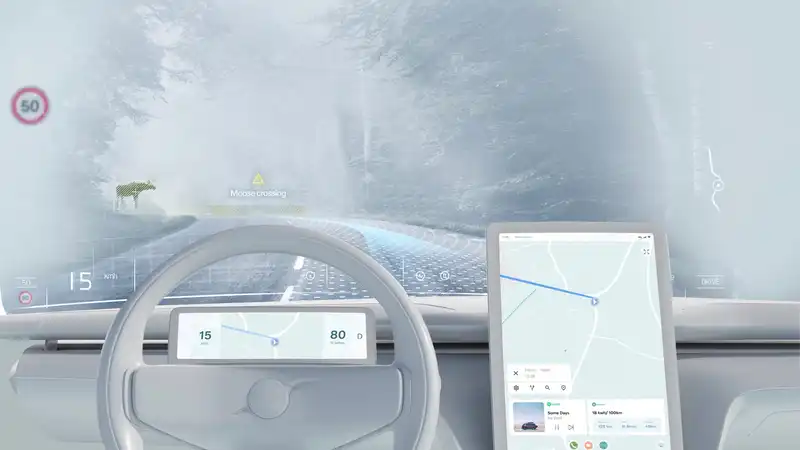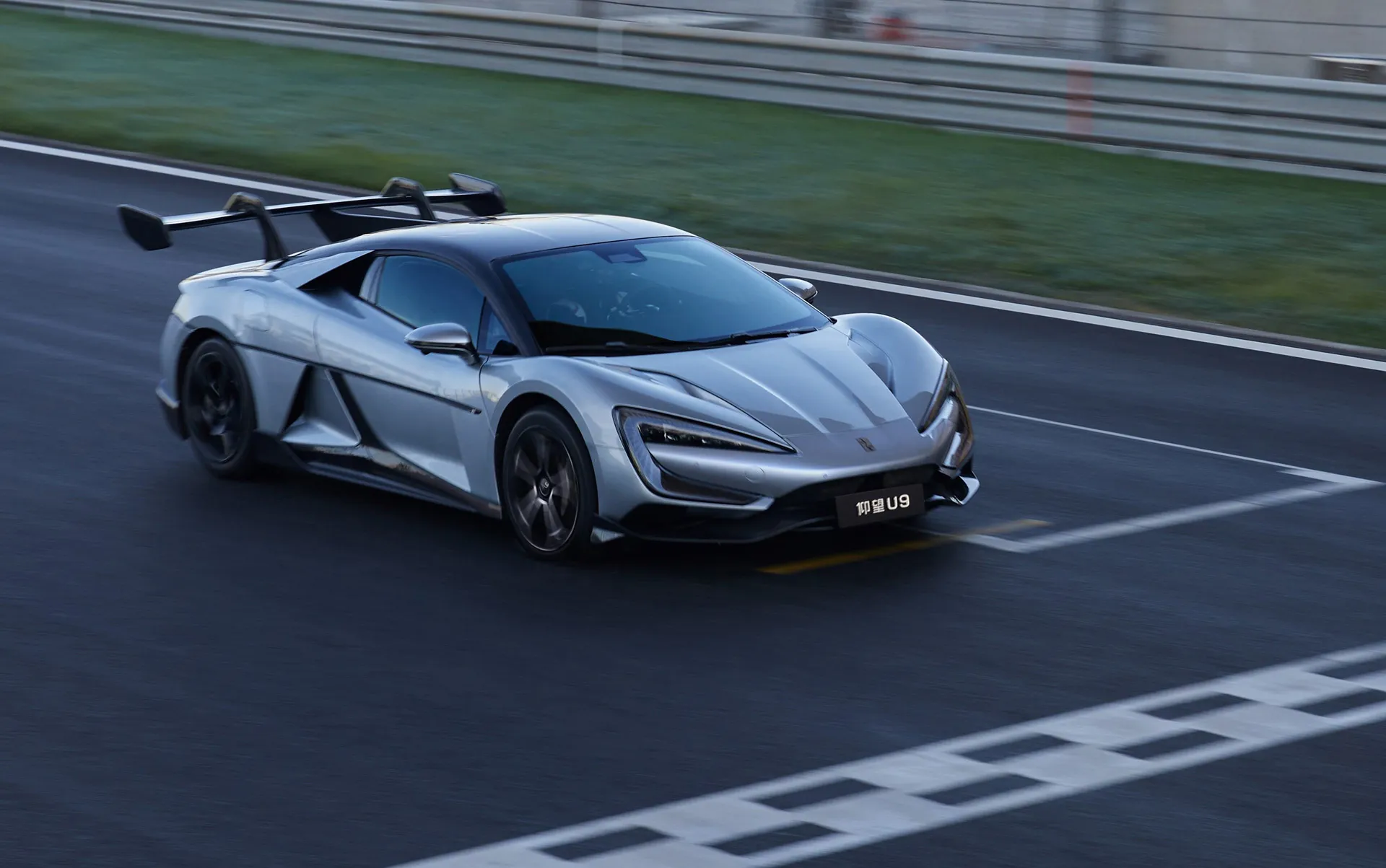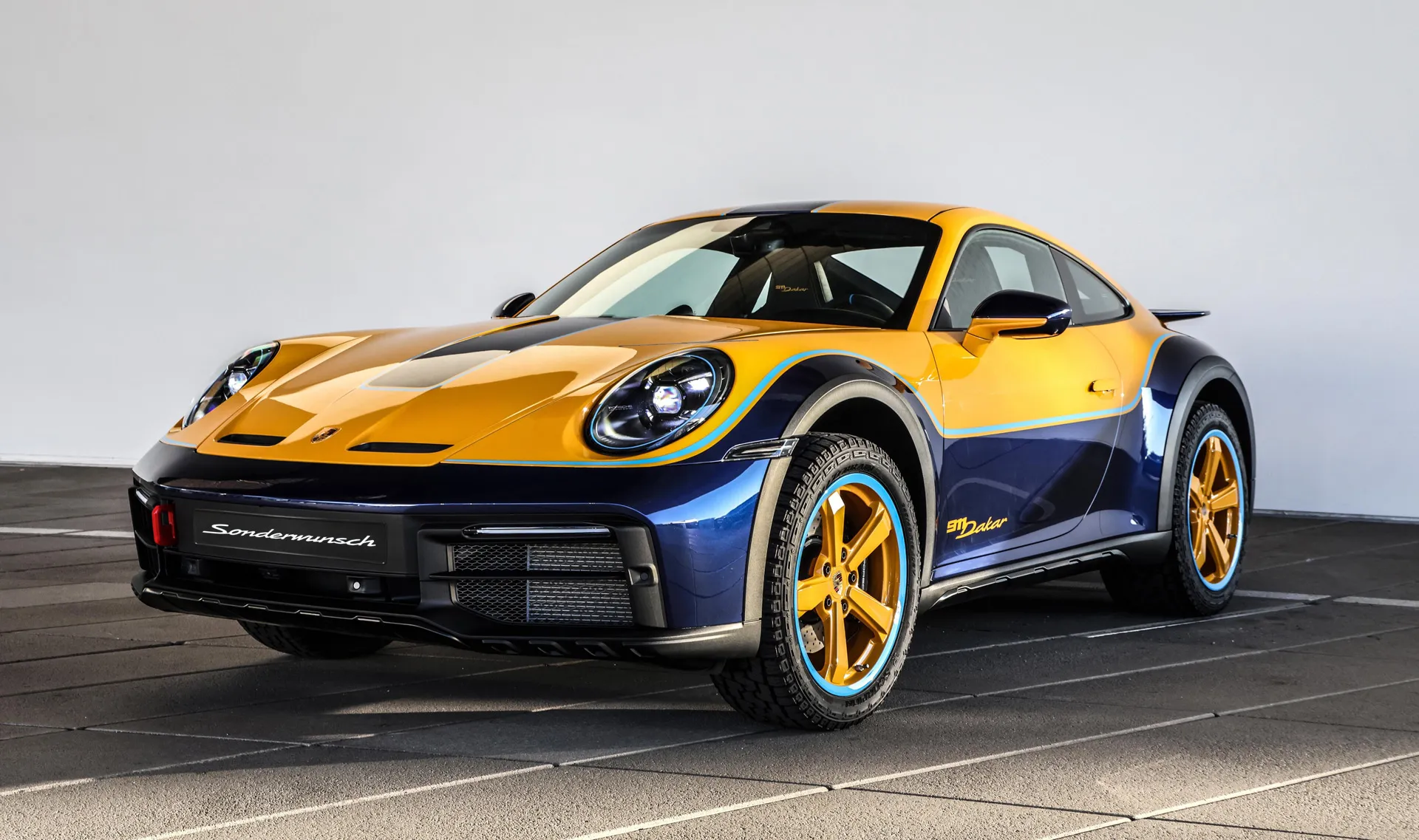Nissan Executive: The Future Is Not Screens but Windshields

For the vocal haters of screen-filled modern car interiors, there is good news and bad news.
The good news, Nissan design chief Alfonso Albaysa told Motor Authority at the 2024 New York Auto Show, is that the future is not about more screens, nor is it about no screens at all.
The bad news is that this executive said that eventually "the windshield will be the screen."
Almost every automaker is trying to cram as many screens as possible into the dashboard and inside the car. It's all about content. Albaisa said, "People want content, and the screen is the only window. What will change is that they won't need screens anymore."
According to Albaisa, in the future the entire windshield will be a screen. Eventually, automakers will find a way to attach a transparent display made of thin LED panels to the glass. Drivers will be able to see through the windshield and everyone will be able to consume the content.
Consumers may argue that they want to return to analog elements, but the reality is that Albaisa does not know how to separate consumers from their content. According to Albaisa, automakers are currently competing with the content distribution offered by Apple and Google's connected services platforms, as well as in-car infotainment software. While there is a desire to create their own interfaces, they have to accept reality.
"You can't compete," says Albaisa.
Apple, Google, and other platforms, Albaisa acknowledged, can provide consumers with experiences that automakers cannot.
Apple investigated an augmented reality windshield before scrapping its electric car project. Toyota, the world's largest automaker, previewed Albaisa's vision of the future in 2011 with its "Window To The World" concept. The Mercedes-Benz CLA-Class Concept and the Volkswagen ID.GTI Concept both feature windshields with augmented reality embedded in the glass in 2023.
With current technology, he suggests, we are still in that in-between moment where screens are a necessary evil. Albaisa predicts that it will be 10 years before screens disappear from dashboards and everything is laminated to the windshield.
One challenge, according to Albaisa, is brightness. An industry source, who wished to remain anonymous because of his involvement with automakers, told MA that the two biggest hurdles now are cost efficiency and safety.
"The windshield is a structural part of the current vehicle, and the embedded display needs to pass any of the current crash safety standards," the person said.
Albaisa noted that several transparent display technologies that can be built into the windshield are already on display at CES.
Albaisa noted that designers and engineers are watching the evolution of the technology closely because screens are "a bit cumbersome and look easy, but nobody really likes them."
He sees screens as a wall between the occupants of the car and the outside world, whether they are the driver or the passenger. A transparent windshield with technology built into the glass would eliminate that barrier.
The biggest challenge with current screens is how to integrate them. According to Albaisa, in the not-too-distant future, that will no longer be an issue.


